Introduction
In the vast culinary landscape of China, Yangzhou Fried Rice stands as a beacon of simplicity and elegance, combining the flavors of diverse ingredients into a dish that is both comforting and exhilarating. This timeless classic, often associated with the city of Yangzhou in Jiangsu Province, is more than just a meal; it’s a testament to the art of Chinese cooking, where balance, texture, and taste are paramount. While the exact origins of Yangzhou Fried Rice are shrouded in mystery, its popularity spans continents, making it a beloved dish in many households worldwide. This article aims to demystify the process of cooking Yangzhou Fried Rice, guiding you through each step with meticulous detail, ensuring that you can recreate this culinary gem in your own kitchen.
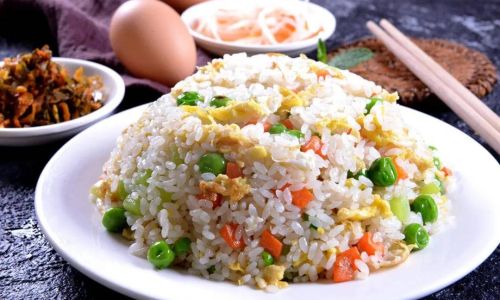
Understanding the Ingredients
Before diving into the cooking process, it’s crucial to understand the ingredients that make Yangzhou Fried Rice unique. The foundation is, of course, high-quality rice, preferably jasmine or long-grain rice, which offers the perfect balance of stickiness and separation when cooked properly. The rice should be cooked ahead of time and allowed to cool, a process known as “resting,” which helps firm up the grains and prevent clumping.
Next, we have the essential proteins: shrimp, chicken breast, and ham, all diced into bite-sized pieces. These ingredients add not only flavor but also texture and nutritional value to the dish. Vegetables such as peas, carrots, and green onions contribute color, crunch, and additional nutrients. Don’t overlook the aromatics – garlic, ginger, and shallots – which form the base of the seasoning, infusing the dish with depth and complexity.
Seasonings are key, with soy sauce, oyster sauce, sesame oil, and white pepper providing the umami and spice that elevate Yangzhou Fried Rice from good to great. A splash of chicken or vegetable broth can also be added to loosen the mixture and ensure every grain of rice is coated in flavor.
Preparing the Ingredients
-
Cooking the Rice: Begin by rinsing the rice under cold running water until the water runs clear. This removes excess starch, preventing the rice from becoming too gluey. Cook the rice according to package instructions, using a ratio of 1 cup of rice to 2 cups of water. Once cooked, fluff the rice with a fork and let it cool completely on a baking sheet spread with parchment paper. This cooling process is vital; refrigerating the rice for an hour or two can further enhance its texture.
-
Preparing the Proteins: Peel and devein the shrimp, then pat them dry with paper towels. Dice the chicken breast and ham into small, even pieces. Season the shrimp and chicken lightly with salt and pepper. Heat a non-stick skillet over medium-high heat with a tablespoon of oil. Sear the shrimp until pink and opaque, about 2 minutes per side, then remove them to a plate. In the same skillet, cook the chicken until browned and cooked through, about 5-7 minutes. Set aside with the shrimp. The ham can be added raw, as it will cook quickly in the final stir-fry.
-
Prepping the Vegetables: Peel and finely chop the garlic, ginger, and shallots. Blanch the peas and carrots in boiling water for 2-3 minutes until tender but still crisp. Drain and rinse with cold water to stop the cooking process. Chop the green onions into small segments, keeping the white and green parts separate as they cook at different rates.
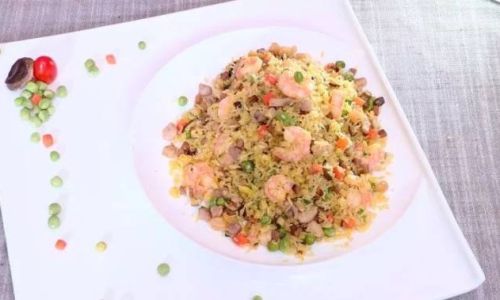
Cooking Yangzhou Fried Rice
Now, let’s bring all these elements together in a harmonious dance of heat and flavor.
-
Heating the Pan: Place a wok or large, deep skillet over high heat and add 2-3 tablespoons of oil. The oil should be hot but not smoking. This high heat is crucial for achieving the signature “wok hei” or “breath of the wok,” that smoky, caramelized flavor that elevates stir-fries.
-
Aromatics: Add the chopped garlic, ginger, and shallots to the hot oil. Stir-fry for about 30 seconds until fragrant but not burnt. This step is your chance to set the tone for the entire dish.
-
Vegetables: Quickly add the blanched peas and carrots to the wok, stirring constantly for 1-2 minutes. The goal is to heat the vegetables through without overcooking them. Add the white parts of the green onions next, as they require a bit more cooking time than the greens.
-
Proteins: Incorporate the cooked shrimp, chicken, and ham into the wok. Stir-fry for another 2-3 minutes, allowing the flavors to meld and the proteins to warm up.
-
Rice: Make a well in the center of the wok and add a bit more oil if needed. Add the cooled, fluffed rice to the wok, breaking up any clumps with your hands or a spatula. Stir-fry the rice, gradually incorporating it with the other ingredients. This is a labor-intensive step, requiring constant stirring to ensure every grain of rice is heated and coated in the fragrant oil and seasonings.
-
Seasoning: Pour in a mixture of soy sauce, oyster sauce, a teaspoon of sesame oil, and a pinch of white pepper. Adjust the seasoning to taste, adding a splash of broth if the rice seems too dry. Continue to stir-fry until the rice is heated through and evenly coated with the sauce.
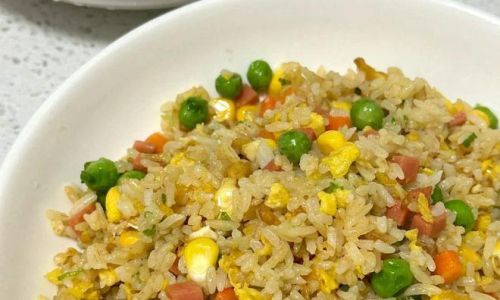
-
Finishing Touches: Finally, fold in the green parts of the green onions. These should be added at the last minute to retain their bright color and crisp texture. Give the wok one final, vigorous toss to ensure everything is well combined.
-
Serving: Transfer the Yangzhou Fried Rice to a serving dish, garnishing with additional green onions or a sprinkle of toasted sesame seeds for added flavor and presentation.
Conclusion
Cooking Yangzhou Fried Rice is an art form that requires precision, patience, and a deep understanding of the ingredients and techniques involved. By following the steps outlined above, you’ll be able to create a dish that not only satisfies your taste buds but also impresses your guests with its beauty and complexity. Remember, the key to perfect Yangzhou Fried Rice lies in the balance of flavors, the texture of the rice, and the harmonious integration of all ingredients. With practice, you’ll develop your own unique style, making this classic dish your own.
Beyond the technical aspects, cooking Yangzhou Fried Rice is a journey of discovery, connecting you to the rich culinary heritage of China and the city of Yangzhou. It’s a dish that transcends time and space, bringing people together through the universal language of food. So, the next time you find yourself in the kitchen, don your apron, gather your ingredients, and embark on a culinary adventure that promises to delight your senses and nourish your soul. Happy cooking!
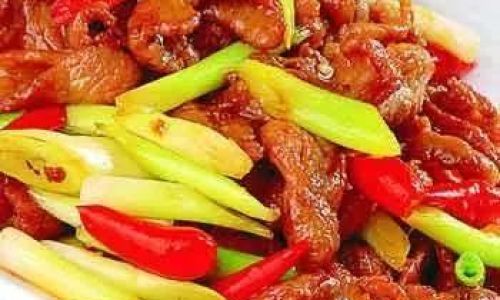
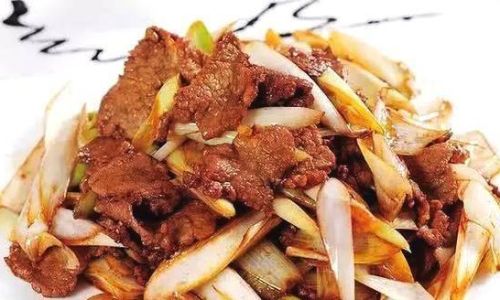
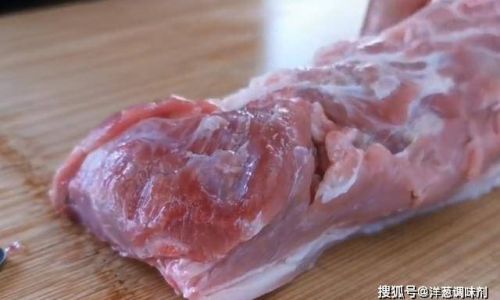
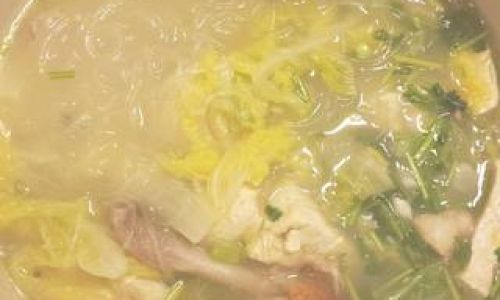
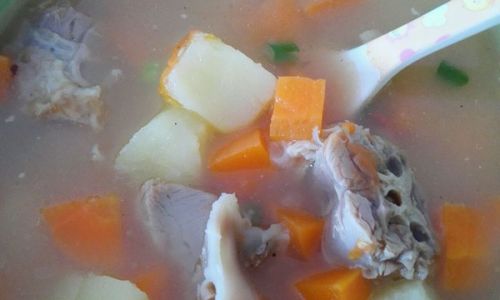

0 comments